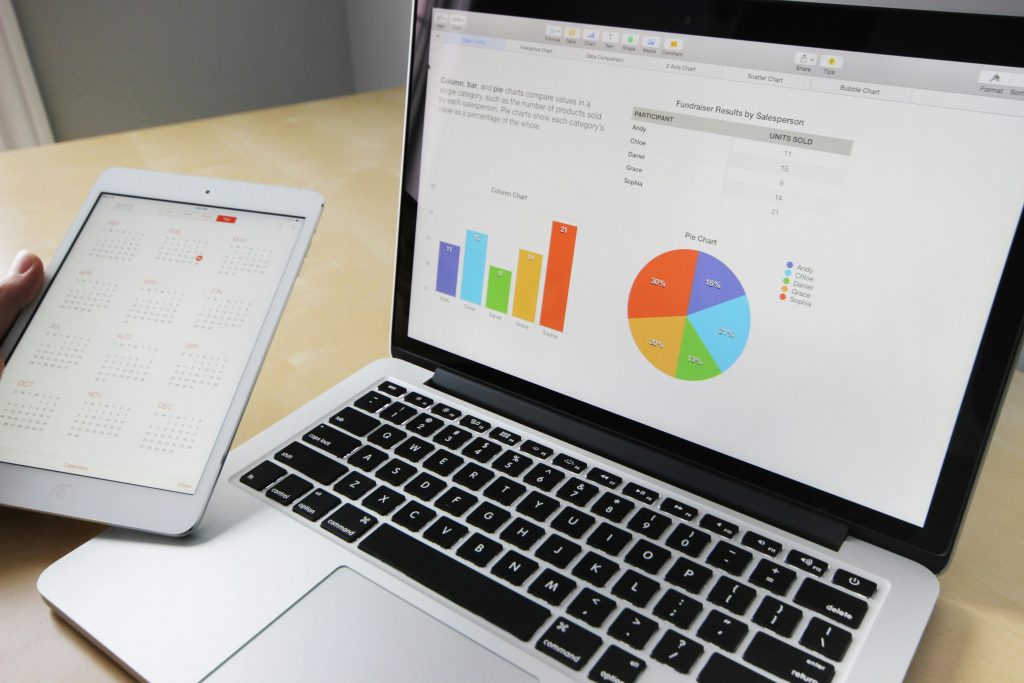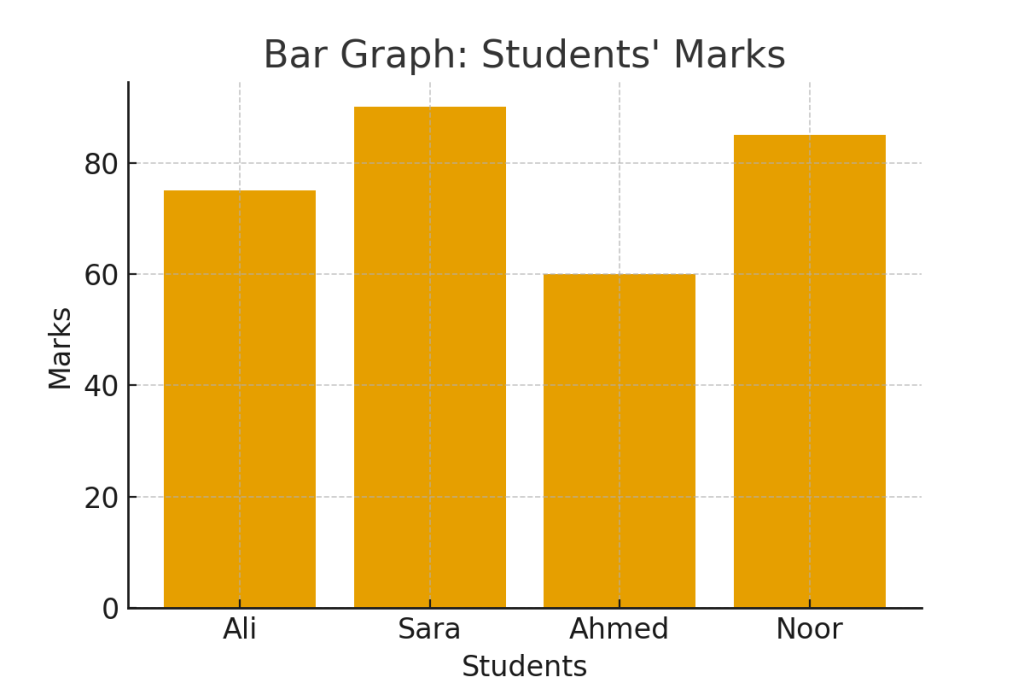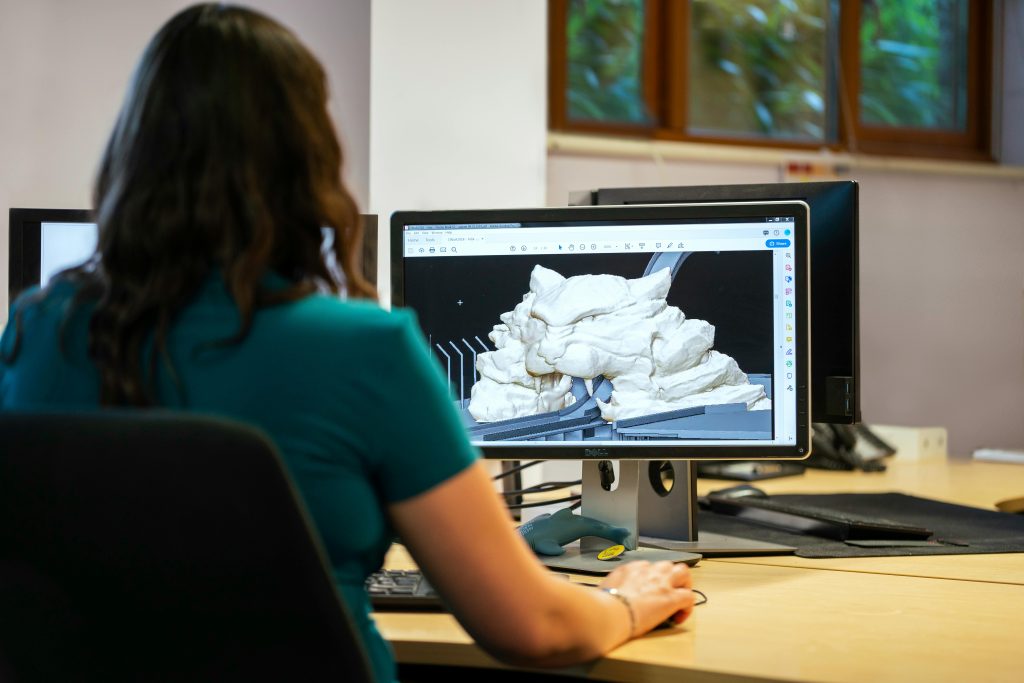Outline on Human Inventions Move Societies Backward
The story of human civilization is the story of inventions. From the time prehistoric man discovered fire and the wheel, inventions have shaped the way societies function, evolve, and progress. Indeed, it would not be an exaggeration to say that the modern world is built upon the foundations of human creativity, science, and technology. The airplane shrank distances, the Internet connected humanity, and medical breakthroughs extended life expectancy. Yet, as Aldous Huxley once remarked, “Technological progress has merely provided us with more efficient means for going backwards.” While it is true that human inventions have revolutionized societies in profound ways, the other side of the story reveals that inventions, when unchecked, often move societies backward. Industrialization has poisoned the environment, digital technology has replaced human intimacy with virtual distractions, economic innovations have created unprecedented inequality, and globalization has sparked new cultural and political tensions. Therefore, although inventions have improved human life in certain respects, they have also pushed societies toward crises of morality, sustainability, and justice. The real challenge, then, lies in devising checks and balances to restrict their harms while channeling their benefits toward human-centric development.
It is important, however, to recognize that not all inventions move societies backward. A balanced perspective acknowledges that inventions, particularly in communication, transportation, and household management, have indeed made life easier. One of the most remarkable transformations is the ability to connect across distances instantly. The advent of social media platforms, blogs, and digital communication tools has revolutionized how people interact. A single click today enables a conversation between two individuals thousands of miles apart, a reality that would have been unimaginable a century ago. During the COVID-19 pandemic, for example, social media proved indispensable in maintaining human connections, supporting remote work, and enabling online education. This connectivity has also democratized information, giving ordinary people platforms to share opinions, create communities, and challenge established narratives. In this sense, human inventions have empowered individuals and redefined the possibilities of human interaction.
Equally transformative are inventions in the realm of daily life. Automation has eased domestic labor that historically consumed hours of human effort. Automatic washing machines, dishwashers, and smart door locks connected to mobile phones save time, reduce drudgery, and improve safety. These inventions have given people, especially women, opportunities to engage in education, work, and leisure, thereby advancing gender equality and personal well-being. In developing societies, microfinance banks and digital wallets like JazzCash and Easypaisa have enabled millions of people to pay utility bills, transfer money, and conduct transactions without leaving the comfort of their homes. Such innovations have improved efficiency, convenience, and inclusion.
Moreover, transportation inventions have reshaped human mobility. Airplanes, cars, and bikes have made it possible to travel anywhere in hours or minutes. This has not only connected families and cultures but also boosted global trade, tourism, and economic growth. A student in Pakistan can now pursue education in the United States, a doctor in India can attend a conference in Europe, and goods produced in one corner of the world can reach another within days. Similarly, digital payment systems linked to banking services have simplified financial management, saving citizens from long queues and bureaucratic inefficiencies. These examples illustrate that inventions have indeed propelled societies forward by saving time, improving access, and fostering global interaction.
Yet, despite these undeniable benefits, the broader trajectory reveals a paradox: human inventions, while solving immediate problems, often generate larger crises that move societies backward. The Industrial Revolution, hailed as the dawn of modern progress, is also responsible for unprecedented environmental degradation. The quest for industrial output has filled the atmosphere with carbon emissions, causing global warming, climate change, and natural disasters. In Karachi, frequent heat waves kill hundreds of people, while wildfires in the Amazon rainforest have devastated ecosystems. Rising sea levels threaten entire island nations, while melting glaciers imperil freshwater resources. The irony is clear: in attempting to master nature through inventions, humanity has destabilized the very environment on which survival depends.
Another backward step is the way technology has superseded humans themselves. The digital revolution has created a generation glued to social media, wasting precious time on superficial engagements rather than productive endeavors. Instead of fostering creativity, many platforms have become hubs of misinformation, addiction, and vanity. Cybercrimes, including hacking, blackmailing, and fraud, are rising globally, making digital life a source of fear rather than security. Automation and artificial intelligence, though efficient, are also eroding job opportunities. Robots now perform manufacturing tasks, algorithms replace customer service agents, and even creative industries face disruption by AI tools. Consequently, unemployment and economic insecurity are rising, particularly among youth, undermining social stability and human dignity.
Cultural erosion is another regressive impact of inventions. Modernization, often driven by technological change, has blurred traditional norms and weakened family structures. Old-age homes are increasing as elderly parents are neglected, while crime and suicide rates are surging in societies that prioritize material gain over moral values. Religious practices are sidelined in the pursuit of modern lifestyles, creating spiritual emptiness. The spread of Western consumer culture through mass media and entertainment has overshadowed indigenous traditions, languages, and customs, causing cultural homogenization. Instead of celebrating diversity, societies are experiencing a loss of identity.
Economically, inventions have deepened inequality. The modern financial system, though innovative, has created a massive gap between rich and poor. Developed countries dominate global markets while developing nations remain dependent and vulnerable. This North-South divide perpetuates cycles of debt and exploitation, leaving poorer societies unable to compete. Within nations too, the rich have leveraged inventions to accumulate wealth, while the poor struggle for survival. The rise of billionaires alongside widespread poverty demonstrates how inventions often consolidate privilege rather than distribute opportunity.
Globalization, facilitated by inventions in communication and transport, has also increased intolerance. Instead of fostering understanding, cultural intermixing has sometimes provoked xenophobia, extremism, and civilizational clashes. The “clash of civilizations” thesis resonates when terrorist attacks, ethnic violence, and communal hatred erupt in societies grappling with rapid change. Far from bringing unity, globalization has often amplified fault lines, making societies more polarized and conflict-prone.
Media, one of the most influential inventions, has further promoted regressive attitudes, particularly toward women. Films, dramas, and advertisements often portray women in dismal roles, reinforcing stereotypes rather than empowering them. Violence against women, objectification, and exploitation are normalized in the name of entertainment. Instead of liberating women, media-driven inventions often trap them in cycles of abuse and inequality.
Military inventions represent perhaps the darkest dimension of human creativity. Modern weapons, designed to secure peace, have unleashed unprecedented destruction. Nuclear bombs dropped on Hiroshima and Nagasaki annihilated entire cities, setting a grim precedent for future warfare. Contemporary conflicts, such as the humanitarian crisis in Yemen—a battleground for Saudi-Iran rivalry—highlight how military inventions fuel proxy wars and suffering. The U.S. interventions in Afghanistan and Iraq, the Syrian conflict, and the spread of hybrid warfare illustrate how inventions in weaponry and strategy perpetuate instability, displace millions, and create refugee crises. Instead of ensuring security, military innovations have made the world more dangerous.
Given these backward movements, the critical question is how societies can regulate inventions to minimize harm and maximize benefit. Governments must play a central role in regulation, particularly in matters of property, environment, and digital safety. Legal frameworks should ensure that inventions serve the public good rather than private greed. For example, enforcing property laws can prevent monopolies and exploitation by powerful corporations. Similarly, governments must limit greenhouse gas emissions and carbon footprints through strict environmental policies, international agreements, and promotion of renewable energy.
Cultural exchange programs can also play a role in promoting tolerance and acceptance among different societies. Initiatives like “Aman ki Asha” between India and Pakistan demonstrate how cultural diplomacy can counter polarization. In the realm of media, content that portrays strong women—such as the drama “Sinf-e-Aahan” in Pakistan—should be promoted to challenge stereotypes and empower women.
Equally important is the shift toward human-centric development models. Nordic countries and Costa Rica, for instance, prioritize social welfare, environmental sustainability, and equality. Their success demonstrates that it is possible to align inventions with human dignity and collective well-being. Education is another vital tool: citizens must be made aware of the need to balance digital and real life, embrace sustainable practices, and resist consumerist temptations. Only through conscious regulation, ethical innovation, and cultural resilience can societies prevent inventions from moving them backward.
In conclusion, human inventions are a double-edged sword. They have connected humanity, eased daily life, and advanced mobility, but they have also poisoned the environment, eroded culture, deepened inequality, and fueled violence. Without proper checks, inventions transform from tools of progress into instruments of regression. As Albert Einstein once warned, “It has become appallingly obvious that our technology has exceeded our humanity.” To ensure that humanity does not regress under the weight of its own creations, societies must impose ethical boundaries, promote human-centered values, and adopt sustainable practices. Only then can inventions truly serve as stepping stones toward progress rather than pitfalls dragging societies backward.







